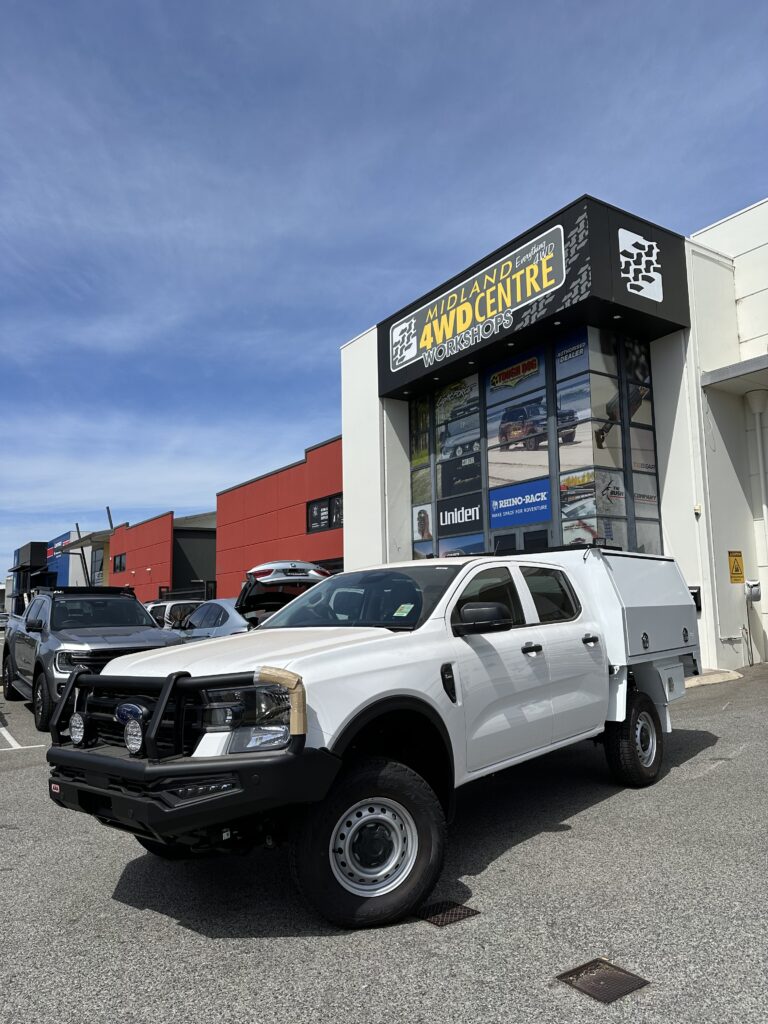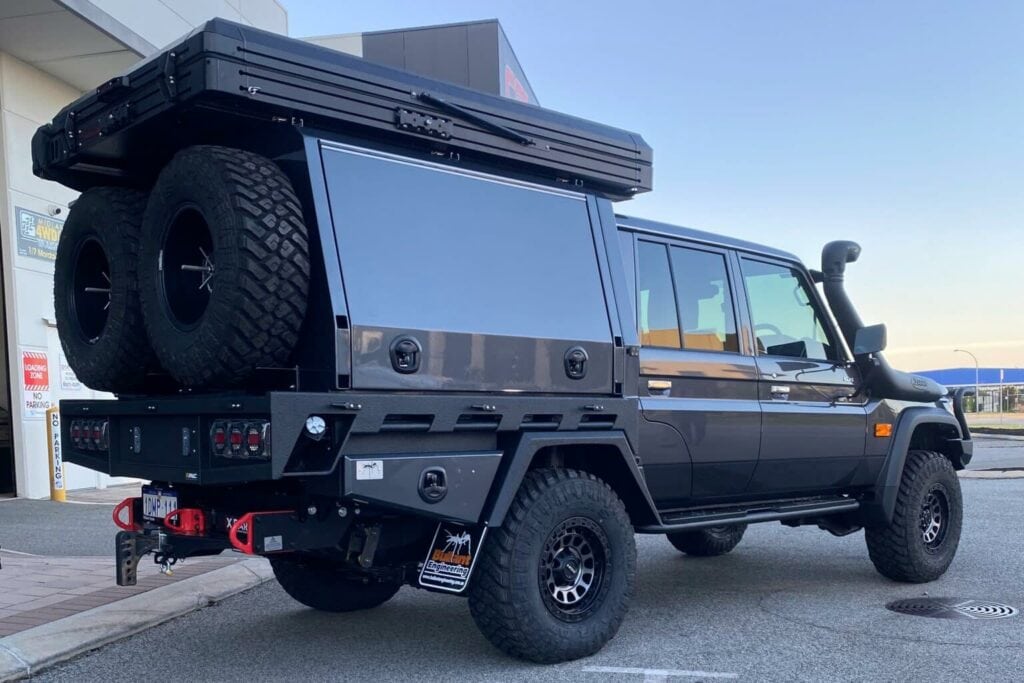All the rage, lithium batteries are lighter, more efficient, faster to charge and will last longer than a regular lead acid or AGM battery.
First talked about back in 1917, it wasn’t until the 1970s that the first non-rechargeable lithium battery was built…Fast forward to now and lithium-ion and lithium-iron phosphate (LiFePo4), not pure lithium, batteries represent the most exciting and promising battery technology on the planet.
Stay with me. While we might commonly refer to lithium-ion batteries as simply ‘lithium batteries’ there are distinct differences. See, lithium is a metal; the lightest and most energy dense by weight known, while lithium-ion is a non-metallic invention. All those ‘lithium’ batteries you see advertised for use in 4x4s are of the lithium-iron phosphate (LiFePo4) variety.
We won’t dwell on this for too long but the key thing to remember is that lithium-ion is generally the battery type used in smaller, portable electronics. While those being fitted into our fourbies are the LiFePo4 type. But, hang on, what happened to using pure lithium? Well despite offering so much potential bang for buck, is notoriously unstable when you try and recharge it.
Fortunately, lithium-ion and LiFePo4 batteries carry all the advantages of lithium (read: twice as energy dense as other battery types) yet are more stable and effective than other battery types when cycling. And there are other advantages too but there’s also one big disadvantage and that is the price when compared with a lead acid battery.
Let’s look at some of the key advantages over and above the superior energy denseness.
- The great thing about LiFePo4 batteries is they generally weigh anywhere from a third to a quarter of what a lead-acid/AGM battery does. And we all want our rigs to weigh less, right. And they are generally half the size of their equivalent lead acid/AGM battery too which means more power in the same space if you’re running lithium batteries.
- Know that 100Ah in a lithium battery is rated at 12.8V and therefore 1280Wh compared to 100Ah of AGM which is rated at 12V and therefore 1200Wh.
- A lithium battery is more sophisticated than a lead acid/AGM battery with most featuring an inbuilt battery management system that protects the cells from short circuit, overload, and can measure and manage the current and even balance the cells.
- A ‘lithium’ battery can be safely discharged to 100% depth of discharge (DoD) but usually the BMS will preserve things and give you 90% of capacity to play with, while a lead acid/AGM shouldn’t be discharged more than 50% not just to protect its lifecycle but also because there’s a drop off in usable power. Evidence suggests that lithium batteries will last the longest when used between 40-60%. And they’re faster to recharge to, like around 50% faster than a lead acid/AGM battery.
- Speaking of lifecycle, a lithium battery offers a 10-year lifespan at around 2000 cycles to 100% DoD while a lead acid/AGM is limited to around 600 cycles at just 50% DoD.
- What about storage? Lithium batteries prefer to be kept at a state of charge of around 40% while a lead acid/AGM prefers to be stored at 100%.
- Some people talk about the cost of a lithium battery as one of the great hurdles, but the advantages often outweigh that one disadvantage of cost. And as they become more popular, the price will drop. Depending on the type of lithium battery you’re looking at, prices generally range from $1200 – $3000-plus for a good quality battery from a reputable company.
Here at Midland 4WD Centre we sell and recommend Revolution Power Solutions lithium batteries and besides the quality and support, one of the reasons we work with Revolution Power Solutions is because it quotes its batteries on usable Amp Hours. And that’s as it should be, adhering to the Australian standard C20 rating which is usable amps to 10.5V, this means you know exactly what you’re getting from the start.
Stay tuned for more articles like this one exploring 4×4 gear, solar, electrics, driving and maintenance tips. And, if you want to know more about installing a 12V system into your 4×4, then drop us a line or give us a call on: 1300 011 565.
*The information contained in this article is of a general nature and should not be relied upon. Always consult a professional, like the team here at Midland 4WD Centre.
Contact the Midland 4WD team for more information
Form submission for Midland 4WD social posting

